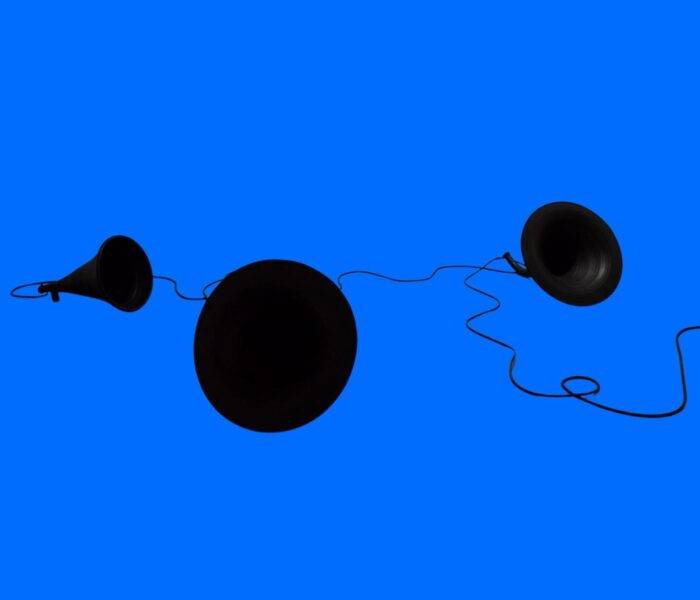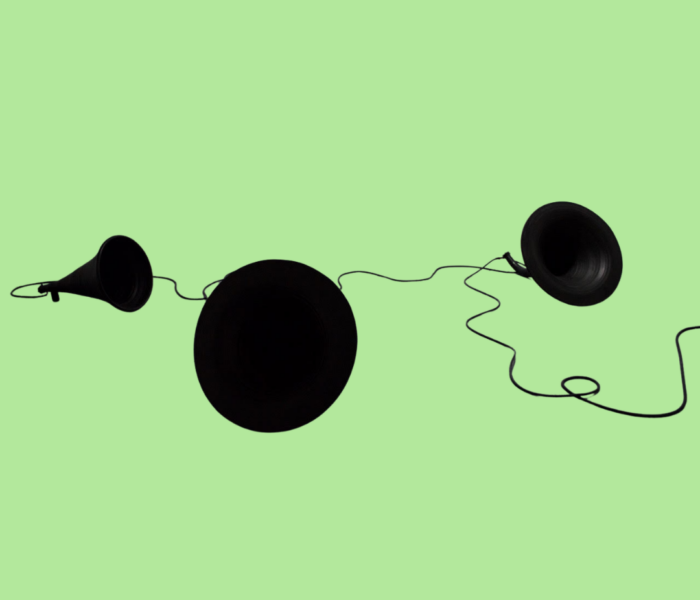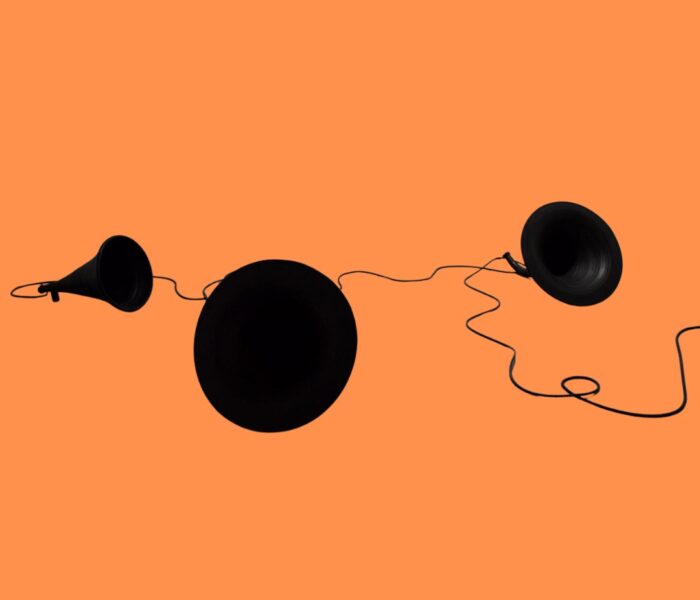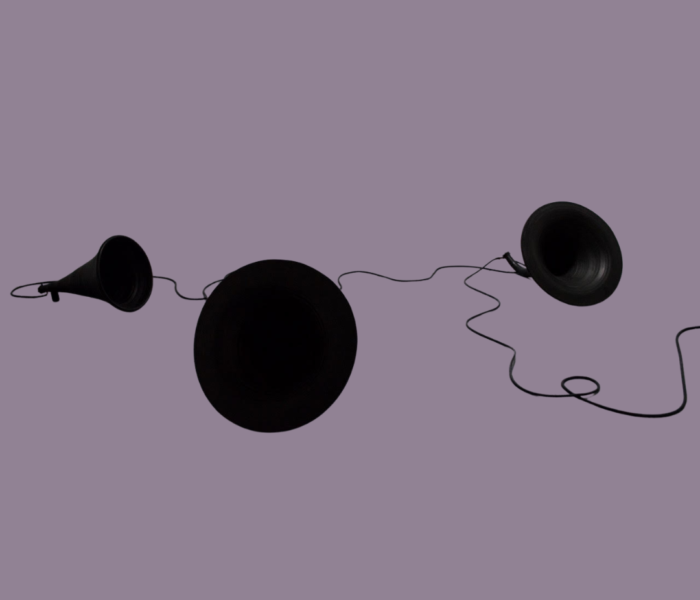C’est à se demander si ces playlists n’ont pas juste été créées pour justifier que nous passions notre temps à écouter de la musique du matin au soir! Et notre seule ambition, en guise de travail, serait tout simplement de nous dédouaner de ce plaisir simple et hédoniste en les partageant avec vous!
La playlist de Michèle Tosi
Bastien David (né en 1990) : Vendre le ciel aux ténèbres (2020)
Lorsqu’il ne construit pas lui-même ses instruments, Bastien David soumet la lutherie traditionnelle à toutes sortes de modes de jeu qui en détournent les sonorités. Ainsi traite-t-il le son sans avoir recours à l’électricité, faisant naître de cette ingénierie méticuleuse, un jardin fantastique.
Betsy Jolas (née en 1926) : Little Summer Suite (2016)
Les sept pièces courtes qui s’enchaînent incarnent l’idée d’errance, utilisant, comme dans les Tableaux d’une exposition de Moussorgsky, un thème de promenade (Strolling), ligne sinueuse pleine de mystère qui revient quatre fois dans un habillage différent. La compositrice nous convie à un « voyage de l’oreille » au cœur de l’orchestre, avec de nombreux solos adressés aux musiciens du Philharmonique de Berlin dédicataires de l’œuvre.
Lisa Illean (née en 1987) : A through-grown earth (2018)
Les titres d’œuvre de la compositrice australienne font tous référence à la nature. A travers une matière sonore subtile, elle explore la relation entre les phénomènes perceptifs et un monde évocateur personnel. Aux instruments et à la voix – celle de Juliet Fraser, commanditaire de la pièce – s’agrège une partie électronique de sons préenregistrés engendrant des espaces microtonals.
La playlist de David Sanson
Howard Skempton, Piano Works, John Tilbury (piano) (CD Sony Classical, 2001)
Il est certaines musiques dont l’évidence doit attendre des décennies avant de vous frapper. C’est le cas de ce CD découvert il y a peu, réunissant deux vétérans de la scène expérimentale britannique : le pianiste John Tilbury (né en 1936) et le compositeur Howard Skempton (né en 1947). La musique pour piano de ce dernier a beau être minimaliste, répétitive, marquée comme beaucoup par Satie, elle n’en frappe pas moins par sa densité harmonique, sa portée évocatrice. D’une arabesque de 28 secondes (Invention) à une enfilade de croches aux modulations entêtantes (Quavers 5), les 44 pièces brèves qui composent ce programme échafaudent des paysages dont la fragilité ne diminue en rien la rémanence.
Marina Rosenfeld, Teenage Lontano (CD Room40, 2021)
En 2008, pour la Whitney Biennal, la compositrice et artiste sonore new-yorkaise Marina Rosenfeld (née en 1968) « reprenait » Lontano, fameuse partition pour grand orchestre du Hongrois György Ligeti (1967), en l’adaptant pour un chœur d’adolescents (guidés au casque) et un environnement électroacoustique. Le résultat est mieux que simplement « surprenant » : l’alchimie fonctionne pleinement entre les textures électroniques et ces voix séraphiques qui n’en paraissent que plus… spectrales.
François Robin & Mathias Delplanque, L’Ombre de la bête (CD À la zim !, 2022)
Artiste polymorphe, dont le spectre va du dub à l’acousmatique, Mathias Delplanque vient de publier ces jours-ci un magnifique album solo (le 16e !), Ô seuil, chez Ici d’Ailleurs. L’occasion pour moi de revenir à un autre disque publié l’été dernier, en duo cette fois, avec un autre musicien nantais : François Robin, joueur de veuze, type de cornemuse dont lui-même n’a eu de cesse de démultiplier les propriétés expressives au moyen de l’électroacoustique. L’entêtant résultat de ce face-à-face a pour titre L’Ombre de la bête : six titres dans lequel la veuze se révèle comme un instrument caméléon et cosmopolite, et dont les échappées krautrock m’ont rappelé le superbe Jour de grève publié en 2020 par Emmanuelle Parrain et Detlef Weinrich.
La playlist de Sandrine Maricot Despretz
Didem Coskunsen : The stuff of dream (L’étoffe des rêves) (2021)
Didem Coskunseven est une jeune compositrice turque installée à Berkeley (USA) qui explore avec talent les musiques savantes et électroniques en y mêlant avec un équilibre subtil et chaloupé le sel des maqâms, mélopées aux origines ottomanes. Artiste sonore, elle multiplie les projets en lien avec la danse ou les arts visuels comme dans Day was departing pour tenor, video et électronique créé en juin 2021 pour Orbital, la chaire “supersonique” de l’Ecole des des Beaux-Arts à Manifeste – l’Ircam, Paris
Nicole Lizée : Sepulchre, (2019)
Sepulchre est une pièce pour orchestre de cordes, percussions, piano et bande sonore créé le 19 novembre 2019 par le formidable ensemble allemand Resonanz, que j’ai eu le bonheur de découvrir au festival November Music 2022 de Den Bosh (Pays-Bas).
Sepulchre, c’est une manière de réparer le temps, les machines abandonnées, nos objets cassés, de frotter les matières classiques et électroniques pour les faire tourner comme sur des platines, avec la grâce des violons et des violoncelles qui se superposent, se percutent, vocalisent dans un élan qui nous bouscule avec surprise et délectation.
Chaya Czernowin : Sahaf (Performed by Hinge) (2018)
D’origine israélienne, son apprentissage de la composition l’a mené en Allemagne, aux Etats-Unis, au Japon, en Autriche et cela s’entend dans la richesses des timbres et la liberté des fusions qu’elle opère. Sa musique est puissante, physique, directe. La guitare électrique que l’on retrouve dans Sahaf (série Shifting Gravity), est un instrument qu’elle affectionne et qu’elle sait faire sonner fort et juste (Black Flowers (2018), Knight of the strange (2015), White Wind Waiting (2013) Drift (2008)) et ça fait du bien quand d’autres plus timorées la confonde avec une harpe !



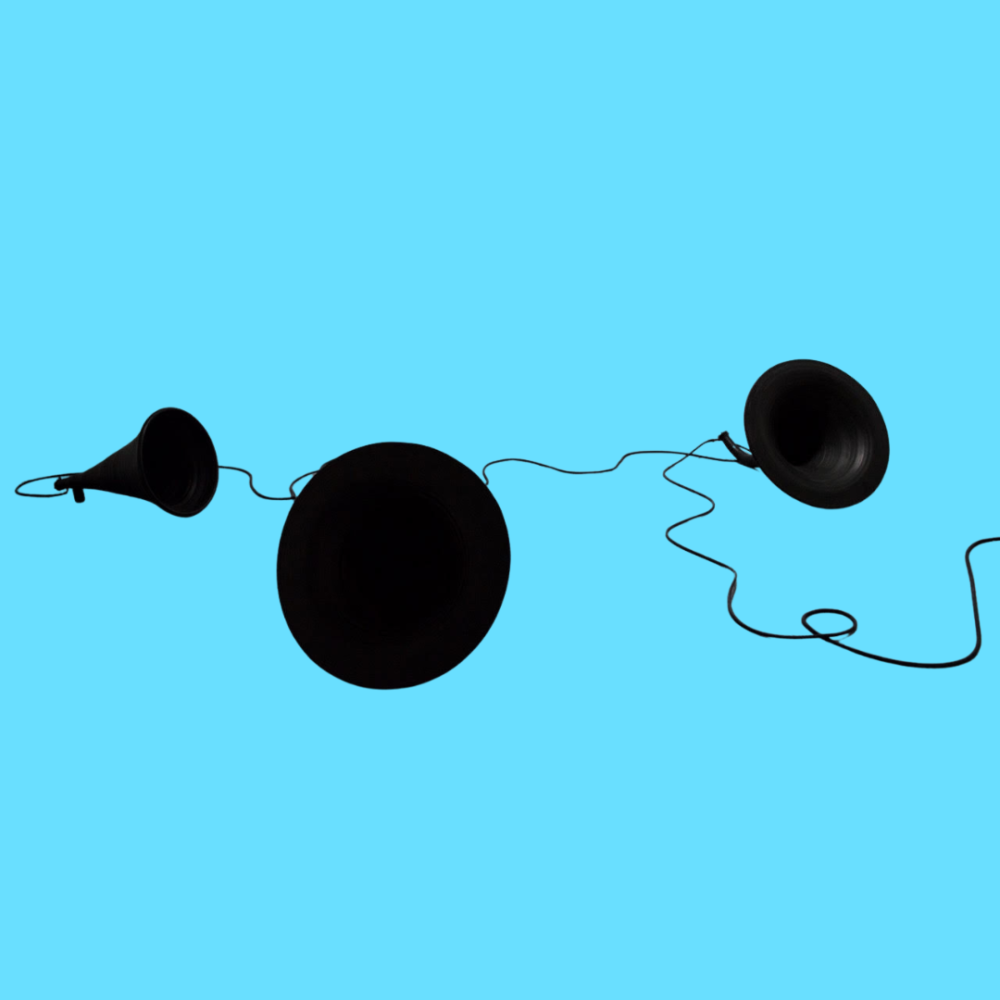)
